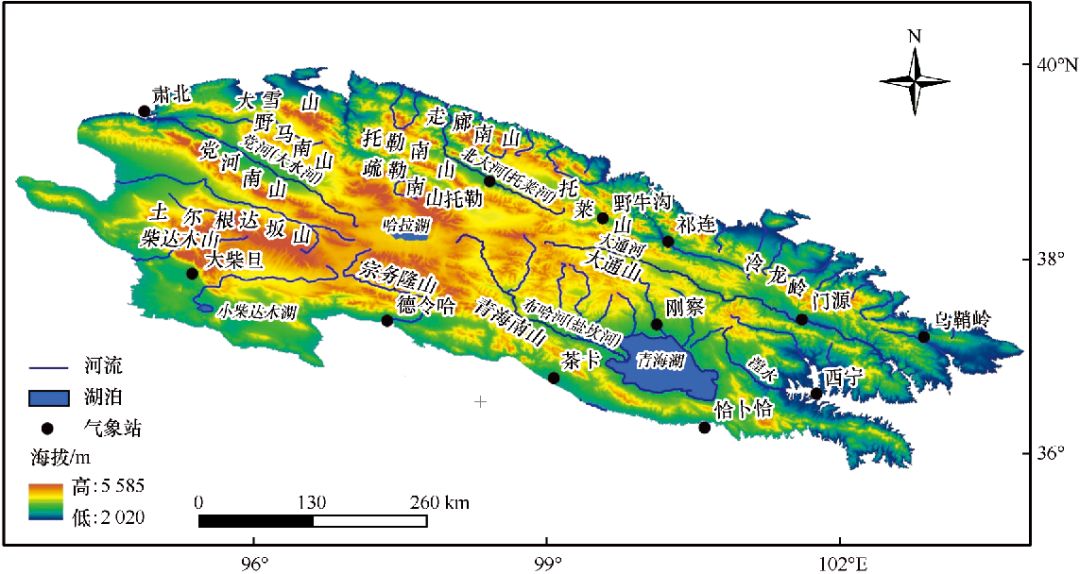XIE Huanhuan, MA Wenying, ZHAO Chuanyan, GAO Yunfei, WANG Qingtao
Partitioning carbon flux is a very important step in understanding ecosystem- level carbon cycling. Studies of the processes and mechanisms of different components of carbon flux will help to promote greenhouse gases mitigation,carbon sequestration and storage and climate change adaptation. The objectives of this study were to analyze the hourly variations of the soil respiration,ecosystem rates and environmental factors,to determine the relative contributions of the autotrophic and the heterotrophic respiration to the soil respiration,to compare the day and night soil respiration rate,to evaluate the impact of soil temperature and moisture,underground and aboveground biomass on the soil respiration rate. The study area is located in the middle section of the Qilian Mountains. By investigation and monitoring with Li-8100 soil carbon flux system,the soil respiration and the ecosystem respiration were measured from June to August in 2013 and 2015. At the same time,soil temperature at 10 cm depth and moisture at the 5 cm depth below surface were measured. Relations of the respiration rate with soil temperature and moisture were determined by fitting both into an exponential model and a two-factor model. The results show that in the growing season,the subalpine grassland respiration rate had obvious daily changes in the form of a single-peaked curve for the four components(the ecosystem respiration(Re),the soil respiration(Rs),the autotrophic respiration(Ra)and the heterotrophic respiration(Rh)). The rank of the respiration rates was:Re(11.07μmol·m-2·s-1)> Rs(6.31μmol·m-2·s-1)> Rh(4.92μmol·m-2·s-1)> Ra(1.39μmol·m-2 ·s-1). The contribution rate of the autotrophic respiration and the heterotrophic respiration to soil respiration estimated in the growing season were 22.03% and 77.97%,respectively. The daily respiration(71% of the total) was more than the night respiration(29% of the total). The ecosystem respiration,soil respiration and heterotrophic respiration were exponentially related to the temperature of soil at 10 cm depth. The Q10 values of the ecosystem respiration,the soil respiration,and the heterotrophic respiration were calculated based on the soil temperature, which were 2.49,2.76,and 3.74,respectively. The respiration rates of the three components had a significantly negative linear relationship with the soil moisture. Considering soil temperature and soil moisture,the relationship between the respiration rate and the two factors was better fitted using a two-factor model,which was able to explain 89%,79% and 62% variation in the heterotrophic respiration,the soil respiration and the ecosystem respiration,respectively. There were a significant positive linear correlation between aboveground biomass and soil respiration and a quadratic regression correlation between soil respiration and underground biomass(P=0.01). From the viewpoint of cutting grass treatment,the rank of soil respiration rates was:never cutting year> one cutting year> two cutting years.
